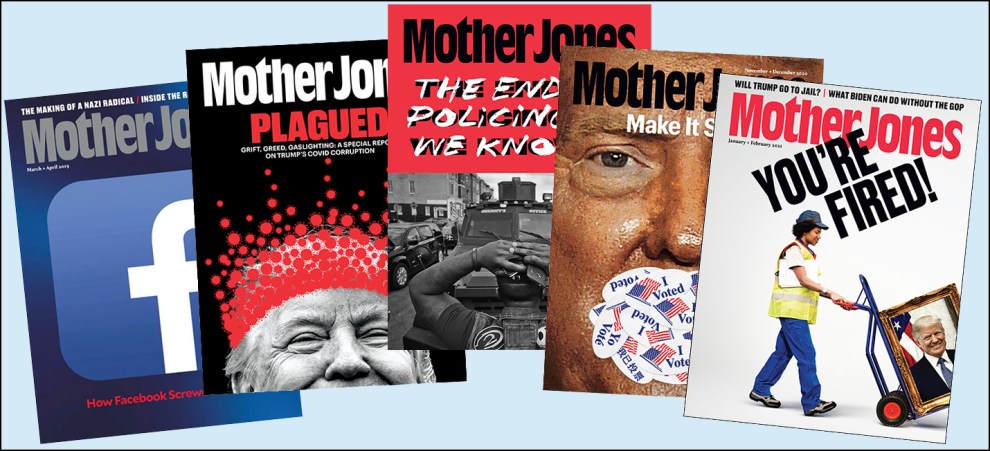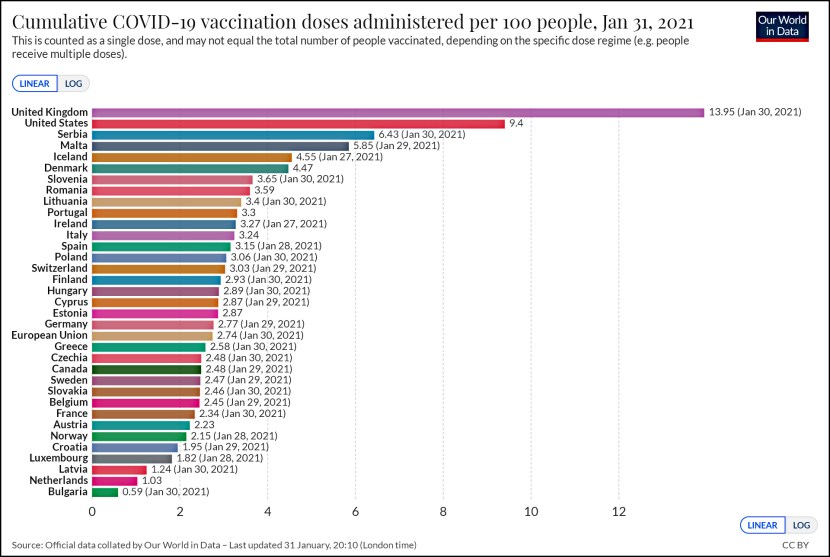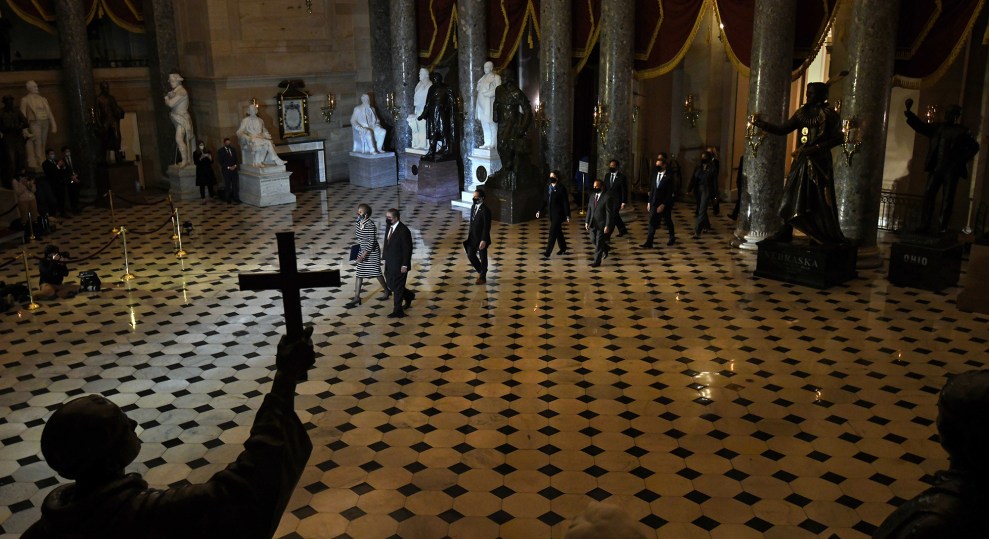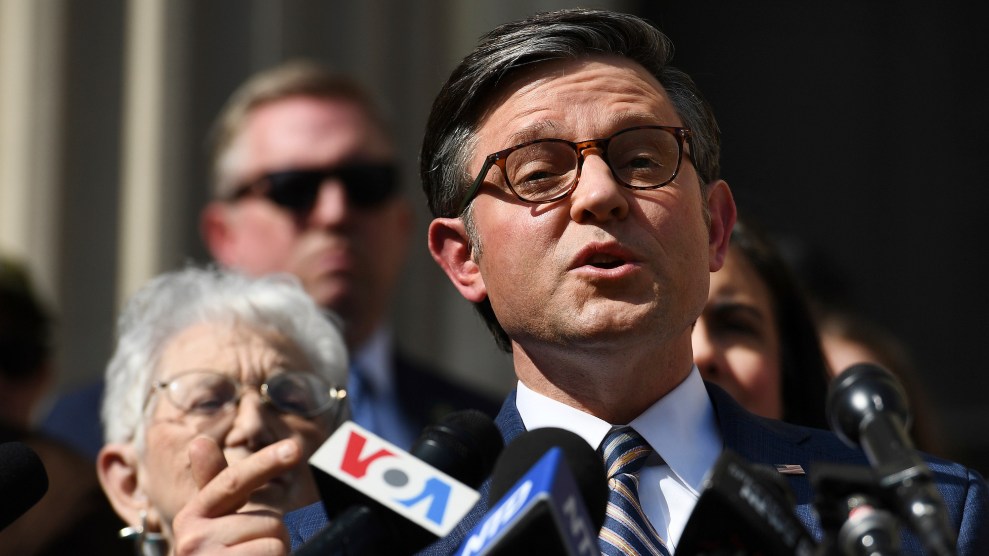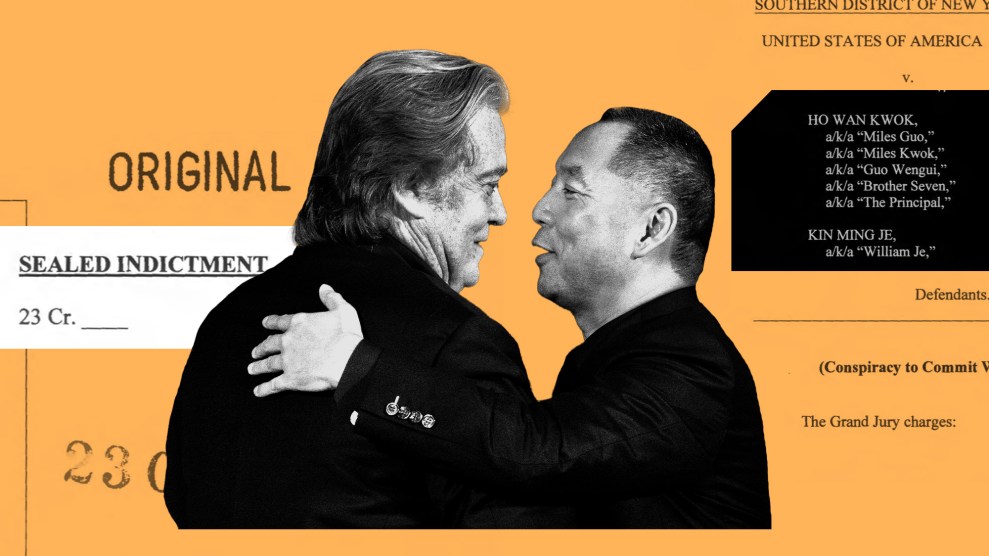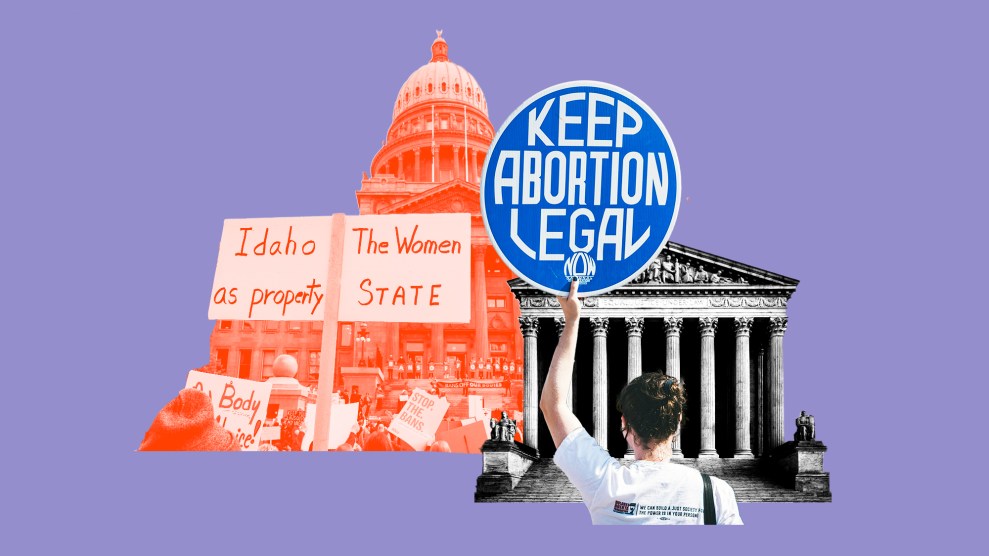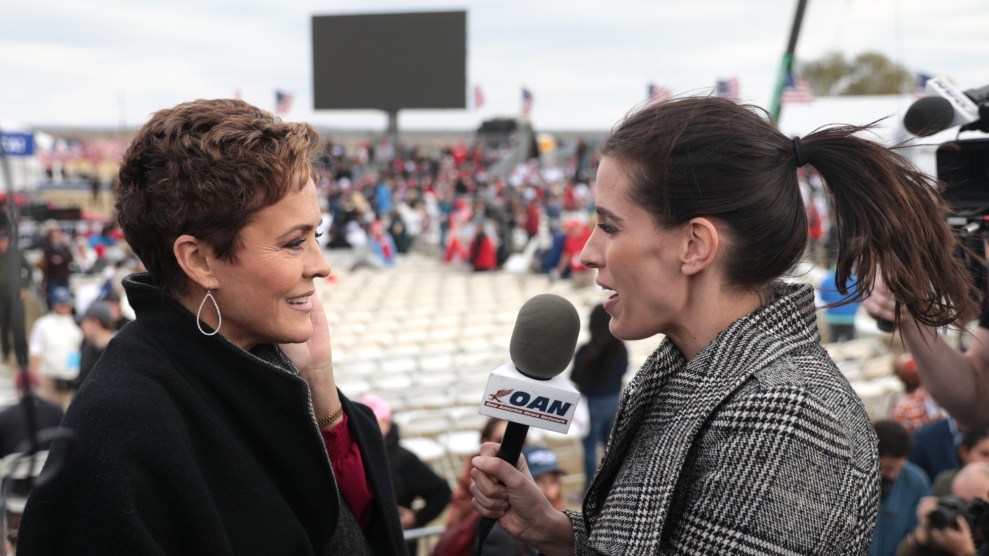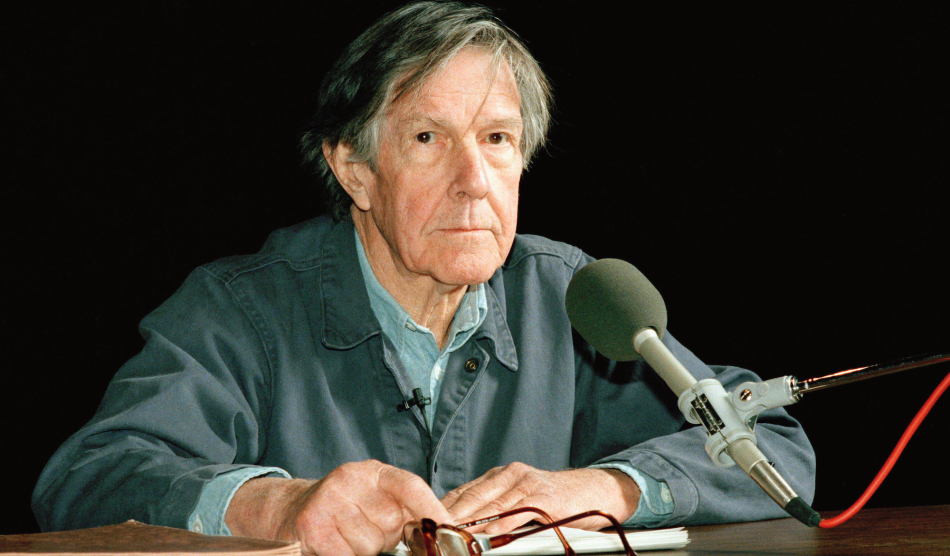John Sides passes along this chart from a piece of research that Kim Fridkin did after one of the 2004 debates between John Kerry and George Bush. I’ve reconstructed it to make it prettier (we’re all about the aesthetics here), but the results are the same no matter what the chart looks like. Test subjects who just watched the debate itself thought Kerry won in a landslide. Test subjects who watched the debate plus 20 minutes of analysis on NBC thought Bush won in a landslide. And test subjects who watched the debate plus 20 minutes of CNN commentary were more likely to think that neither candidate won. Obviously public perception of a debate can depend pretty heavily on the spin given to it afterward by the news coverage.
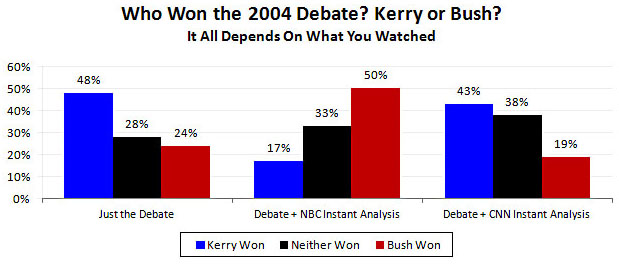
Likewise, as Sides says, Gerald Ford’s famous “Poland gaffe” didn’t even register with viewers until the next day, after the media had gotten hold of it. And Al Gore handily won his first 2000 debate with George Bush in every single overnight poll. His famous sighing only became a cause célèbre after the talking heads started talking about it nonstop.
This is why I always try to write up my thoughts on debates and speeches without listening to any commentary first. If I don’t, it’s nearly impossible to disentangle my own thoughts from those I’ve heard from the TV commentators. That way lies groupthink.



